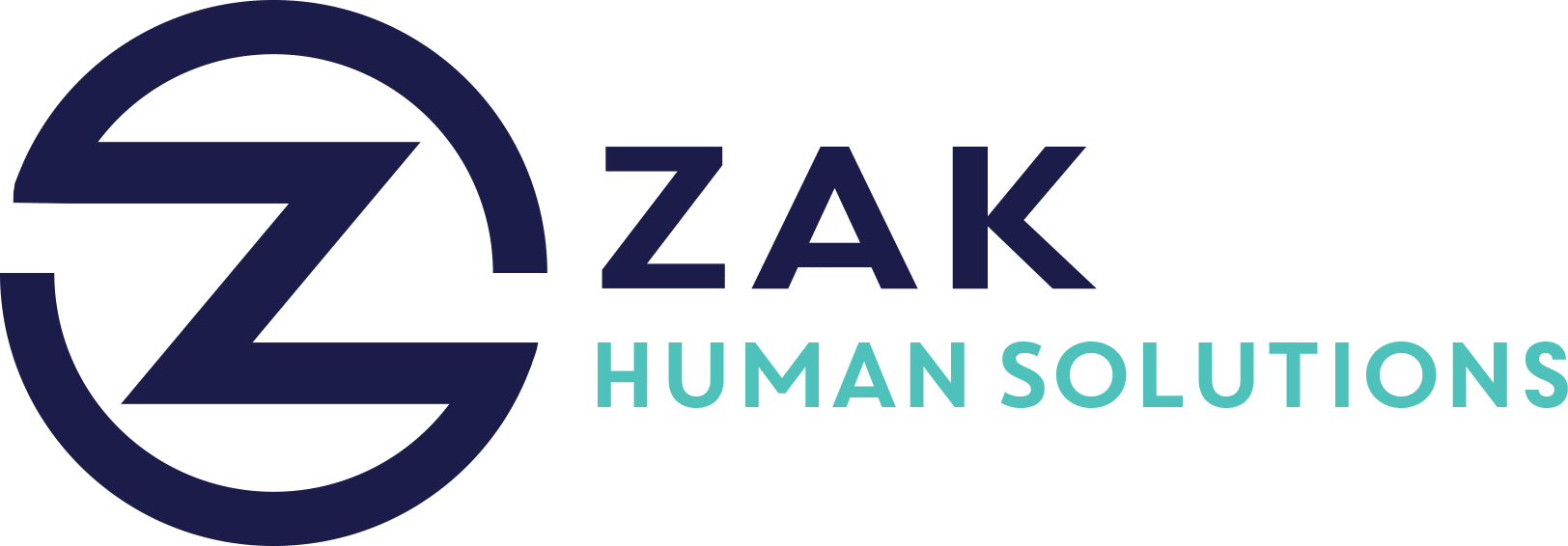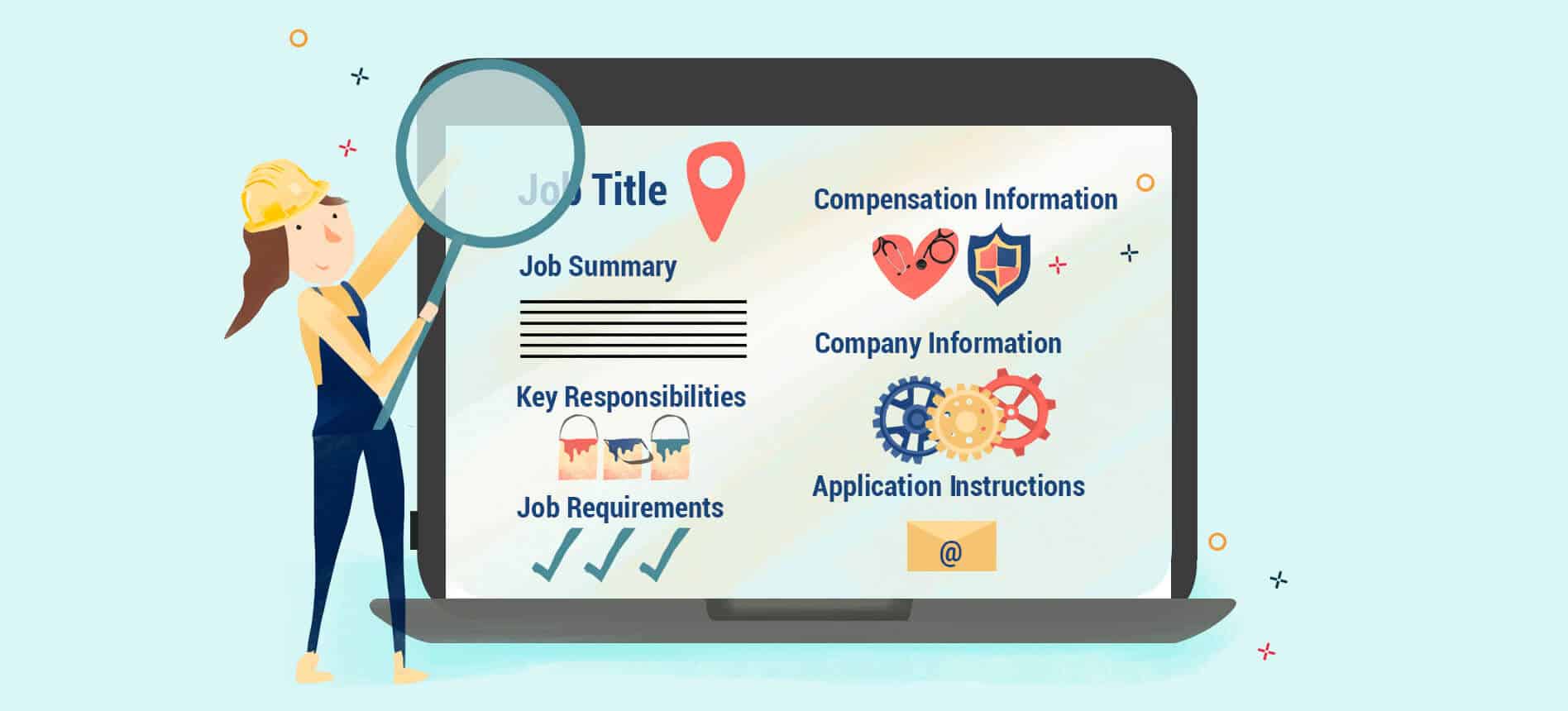Key Takeaways
- Shifting Perspective: See job descriptions as the opportunity to showcase your organization’s vision and values, not just a tedious task.
- Start with Reflection: Think about the ideal candidate, their qualities, and what makes the job appealing from their perspective.
- Focus on Impact: Highlight how the job contributes to the organization’s strategy and its broader impact on societal goals.
- Growth Opportunities: Emphasize potential career paths and advancement opportunities within the organization.
- Prioritize Skills: Focus on skills and experiences over formal education to avoid excluding diverse candidates.
- Highlight Autonomy: Point out any flexibility and control employees have in their roles to attract those who value autonomy.
- Choose Words Carefully: Use grounded language to avoid clichés and ensure inclusivity in job descriptions.
- Be Transparent About Rewards: Clearly share salary ranges and other benefits to attract and motivate candidates.
- Engage Creatively: Make job descriptions engaging with multimedia elements to show that your organization is innovative.
In today’s competitive job market, writing a job description is more than listing roles and responsibilities. It’s a strategic tool that reflects your organization’s vision and values. Here’s how you can transform the often tedious task of crafting job descriptions into a powerful recruitment strategy.
The Importance of Shifting Perspective
For many, job descriptions are viewed as mundane managerial tasks. However, reimagining them as opportunities to communicate your organizational values and vision can change this perception. Companies that successfully attract top talent are those that use job descriptions to tell their story and showcase their unique culture.
Start with Reflection
The foundation of a great job description is reflection. Begin by defining the ideal candidate, considering the qualities and skills that will make them a good fit. Then, place yourself in the candidate’s shoes and think about what makes the position appealing. What resonates with the employee experience at your organization? Collaborating with colleagues can provide valuable insights into what is most valued in a team member.
Focus on Impact
Instead of drafting a laundry list of duties, emphasize the broader impact of the role. How does this position contribute to your organization’s strategy and societal goals? Highlighting the purpose and meaning of the work can be a significant draw for purpose-driven job seekers. Demonstrating a connection to larger organizational goals, such as sustainability or diversity initiatives, can make your job descriptions stand out.
Showcase Opportunities for Growth
Modern job seekers, especially younger ones, are looking for roles that offer clear paths for advancement and development. Illustrate how candidates can grow with your company. Whether through mentorship, cross-departmental moves, or professional development opportunities, showing a commitment to employee growth can attract ambitious candidates.
Emphasize Skills, Not Diplomas
Overemphasizing educational credentials can unintentionally weed out qualified candidates from diverse backgrounds. Focus instead on the essential skills and experiences that are indicative of success in the role. This approach not only broadens the talent pool but also promotes inclusivity and diversity within your organization.
Highlight Autonomy
In today’s flexible work environment, autonomy is a significant draw. If your company can offer flexibility in how, when, or where work is done, make sure to highlight this in your job descriptions. Discussing the decision-making power and ownership of their projects candidates can expect will appeal to those seeking independence in their roles.
Choose Your Words Carefully
Language matters. Using terms that are inclusive and relatable fosters a welcoming image of your company culture. Avoid industry jargon or flashy job titles that could alienate potential applicants. Instead, focus on clear, simple language that accurately reflects the nature of the role and your company’s ethos.
Be Transparent About Rewards
Being upfront about compensation and benefits is crucial. Potential candidates want to understand what your organization offers beyond the basic salary. Transparency builds trust and positions your company as honest and straightforward about valuing employee contributions through competitive compensation packages.
Engage Creatively
Make your job descriptions come alive with creativity. Incorporate visual or multimedia elements—think videos or digital presentations—that can illustrate the role and your company culture. Such dynamic descriptions capture attention and express your organization’s innovative and forward-thinking attitude.
A well-crafted job description can significantly contribute to attracting the right talent. It offers a snapshot of what makes your company unique and what potential candidates can anticipate. By focusing on clarity, inclusivity, and creativity, you’re not just posting a job requirement; you’re inviting potential candidates to become part of your organizational journey.




